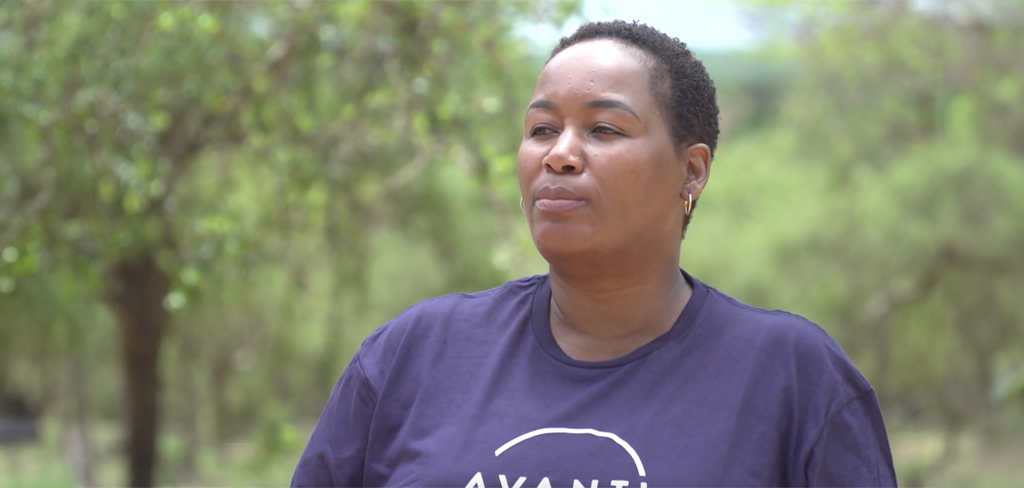Keeping connected while on the move through resilient satellite communications
SATCOM on the move for military users
The explosion in the accessibility and capability of smart devices has caused modern military forces to rethink their approach to mobility and communications. The need to receive military-grade surveillance imagery, send encrypted messages and data files, conduct video conferencing on the move, or even control drones, all from a single smart device, means that the model of static headquarters controlling layers (or echelons) of forces, each with their command and control nodes, is no longer a safe or practical way of working.
To mitigate this vulnerability, military forces are increasingly turning to mobility as a way to maintain the operational advantage. De-centralising command and control, re-focusing on mission command, rapid movement of command nodes (e.g. every 2-hours rather than every 2-days) and the maintenance of all-informed networks while on the move, are the new concepts driving operational communications in the field.
These concepts demand secure and resilient high throughput communications and devices. Furthermore, central to this evolving concept of operations is the need for SATCOM on the Move (SOTM), which is an element of the wider capability “Communications on the Move”.
SOTM will provide military and government users:
- Supporting operations where terrestrial communications are either limited, available, or in some situations compromised
- Rapid deployment of service to a region of operation;
- Risk reduction in the generation of Intelligence, Surveillance and Reconnaissance (ISR) imagery and data. Data is collected and transmitted covertly and at speed;
- The ability to maintain situational awareness and connectivity across widely dispersed forces, without interrupting speed of advance or operations;
- Interconnection for widely distributed sites and interoperability for disparate networks, including RF networks, cellular traffic and Wi-Fi hotspots;
- The ability to maintain communications across the full range of transport modes – air, sea, riverine, land;
- The ability to exploit Internet of Things (IoT) capabilities for logistics, medical, C4ISR, Machine2Machine (M2M) and HUMS, generating a fully-informed common operating picture across all military disciplines.
However, until now, the data rates achievable through Satellite on the Move have only hinted at the possible capabilities and applications that military users might benefit from. Conventional SOTM solutions have offered 1 or 2Mbps and some have suffered from losing satellite lock, particularly in congested or urban environments. Despite this, SOTM capabilities have evolved in recent years, with a range of solutions on the market offering voice and narrowband data to on the move terminals at varying qualities of service and price.
While SOTM can now be delivered across X, Ku and Ka-band satellites, it is only with the development of Ka-band High Throughput Satellite (HTS) technology that the data rates have started to support the streaming of HD-quality imagery and video. Additionally, through Ka-band, the cost of SOTM has dropped sufficiently, enabling it to become deployed at a scalable usage.
The Ka Advantage
HTS Ka-band technology offers substantial operational advantages over legacy VSAT systems, especially for Satellite on the Move:
- Narrower, more powerful spot beams allow rapid satellite lock and regain for antennae travelling at speed through obstructed environments;
- High capacity throughput enables live streaming of HD-quality imagery, even at 50mph+
- Increased throughputs enable more users and devices to be serviced with rich video applications;
- Ka-band support the augmentation, restoration and failover of complex high-traffic backbone or cellular networks;
- Spot beams enable for the use of low SWaP terminals, allowing ever more discrete use on vehicles;
- Terminals support rapid deployment and self-install features, allowing high capability VSATs to be fielded by small teams more rapidly;
- The efficiencies enabled by Ka-band HTS platforms can substantially reduce the cost of satellite communications for governments and military forces.
Avanti SOTM
Avanti’s HYLAS satellite fleet exclusively utilises Ka-band High Throughput Satellite technology and provides extensive coverage across the UK, Europe, Africa and the Middle East. Our satellite broadband services provide military and government users the latest in secure, robust and ultra-reliable communications.
We have been focused working on Satcom on the Move and its advanced capabilities; from on ground vehicles to UAVs, and through this, we have developed a wealth of experience in operating very small form-factor terminals and delivering secure and resilient connectivity.
With our experience in SOTM and government connectivity services, combined with our innovation and flexibility, we can offer a range of solutions and products, ranging from fully managed services to pure bandwidth to suit the fluid and demanding requirements military and government users require.




